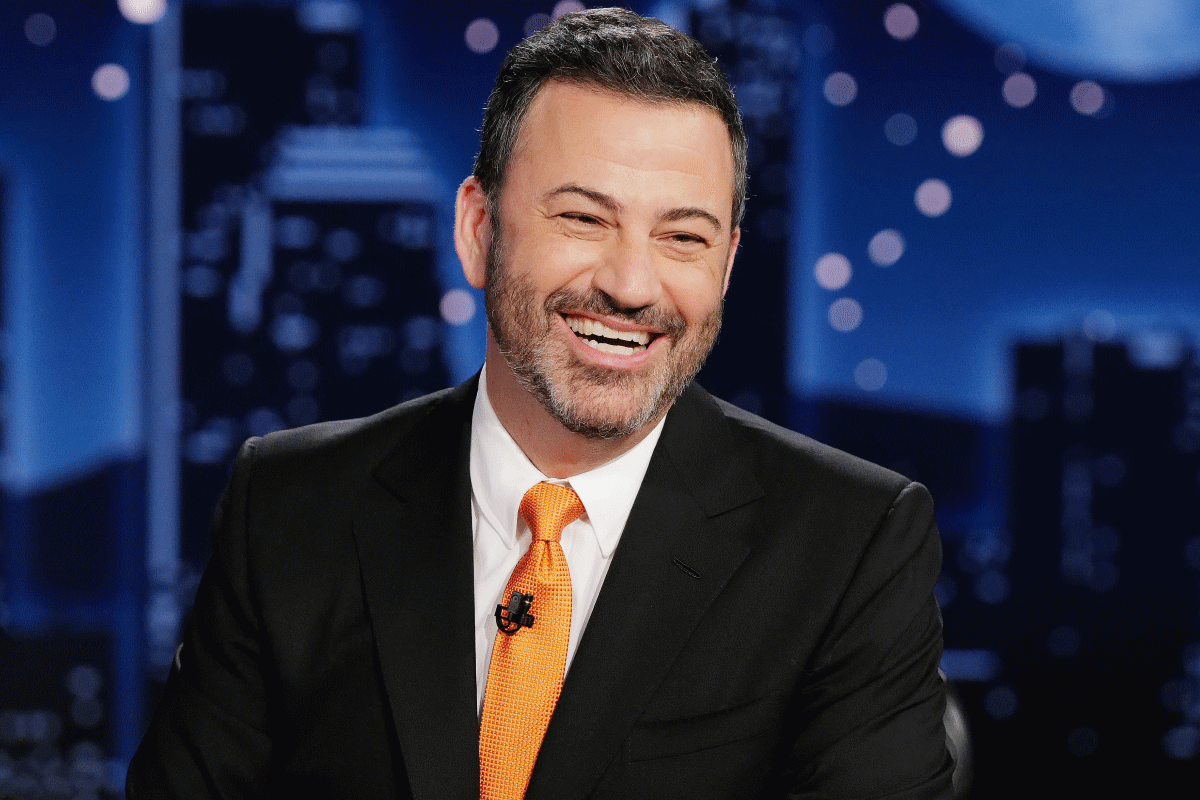
You know the expression about no pain, no gain. But pain and other symptoms during exercise are not normal. You should always pay attention when your body is sending you warning signs.
“Be sensible if you have symptoms. It’s better to get help so you can exercise for years to come rather than suffer a bad side effect because you were being stubborn,” says Dr. Aaron Baggish, associate director of the Cardiovascular Performance Program at Harvard-affiliated Massachusetts General Hospital.
What’s Normal
The exercise goal for healthy people is 150 minutes of moderate-intensity exercise per week, such as brisk walking. At the height of a workout, you should be breathing a little harder — not so much that you can’t talk during exercise, but enough so that you can’t sing. You should also feel your heart beating faster than normal during exercise, and you may feel your muscles burn a little as they work hard for you.
Red Flags
The symptoms of trouble during exercise usually fall into four categories:
1. Chest pain. “Any chest discomfort during exertion is cause for concern,” says Dr. Baggish. It may indicate that you have an underlying condition such as coronary artery disease.
2. Shortness of breath. “If you get breathless doing an activity that didn’t bother you a week or a month ago, then something is wrong,” says Dr. Baggish. Shortness of breath can be caused by many things, such as high blood pressure or heart or lung problems.
3. Lightheadedness. Light-headedness, when you feel a little like you might faint, can sometimes happen after exercise because of dehydration. Or you may feel lightheaded after exercise as a side effect of taking blood pressure medication. Your blood pressure is normally at its lowest in the 30 to 60 minutes after exercise.
If you’re taking medication to lower blood pressure and you exercise, that’s often when you’ll feel symptoms of low blood pressure, such as lightheadedness. But if lightheadedness strikes while you’re exercising, it may indicate problems with your heart or lungs, and in rare cases, it may be a sign of a stroke or a brain tumor.
4. Joint pain. Arthritis is a common cause of joint pain, but Dr. Baggish points out that arthritic joint pain usually goes away with exercise.
“If a single joint is painful during exercise and doesn’t loosen up, that’s an indication that something else is wrong,” says Dr. Baggish. Potential problems include injury to a tendon, ligament, or muscle.
What You Should Do
If physical activity causes you to experience chest or joint pain, shortness of breath, or lightheadedness, Dr. Baggish recommends that you stop exercising immediately and pick up the phone.
“Don’t push through the exercise, which may cause damage to your heart or muscles, but do call your doctor and get your symptoms checked out,” he says.
If you’re not sure which doctor to call, start with your primary care physician. If you have an underlying condition that may be related to your symptoms, such as a heart condition, call your specialist, such as a cardiologist.
It may not be necessary to be seen by a physician the same day that you experience symptoms. But you need to speak that day to someone in your physician’s office, who will tell you how quickly you should be seen.
Don’t assume that your symptoms mean you shouldn’t give exercise another try. Talk to your doctor about when you can return to your exercise routine and whether you should make any changes to it.
“Everyone can do a form of exercise if it’s done carefully, with the supervision of a doctor,” says Dr. Baggish.
Stretching may help prevent falls. Warm up before exercising by walking for a few minutes. After exercising, when muscles are more pliable, try static stretches like this seated overhead stretch, which stretches the abdominal muscles and upper body.
Starting position: Sit up straight with your arms at your sides.
Movement: Lift your arms up toward the ceiling, keeping your shoulders down and back. Your palms should now be facing up. Hold the stretch 10 to 30 seconds. Slowly return to the starting position. Repeat this stretch two times.
Photo: U.S. Pacific Fleet via Flickr


